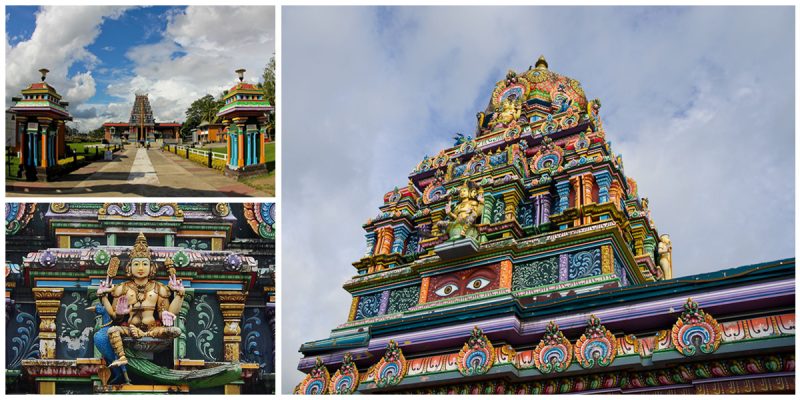The three-part Sri Siva Subramaniya temple, located at the southern end of the main road through Nadi, Fiji, and the largest of its kind in the Southern Hemisphere, is a Hindu temple dedicated to the deity Murugan, the god of nature. Murugan’s statue, specially carved in India, is housed in the main temple. The second part of the complex is the Ganesh temple, while the third section is the Meenakshi and Shiva temple.
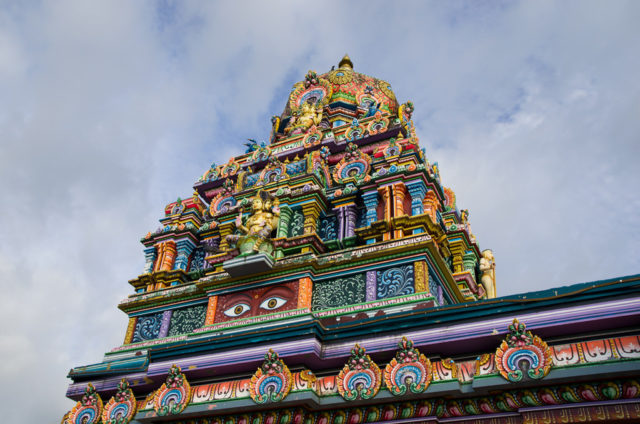
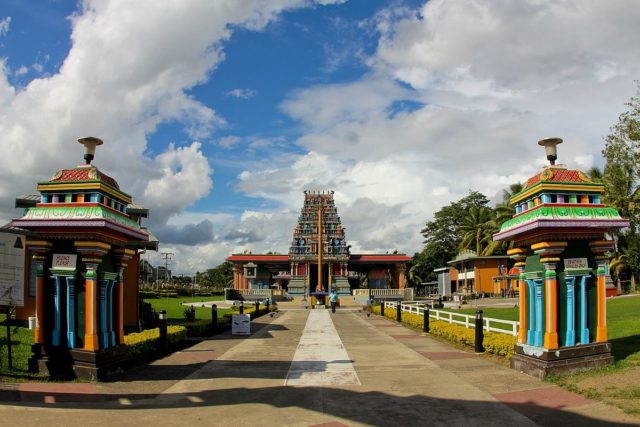
The original temple had been in existence for a long time. It was at the old temple building that the India Sanmarga Ikya Sangam (TISI Sangam) was formed in 1926. The foundation for a new temple was laid at the old site in 1976 during the Golden Jubilee celebrations by His Excellency the High Commissioner for the government of India in Fiji.
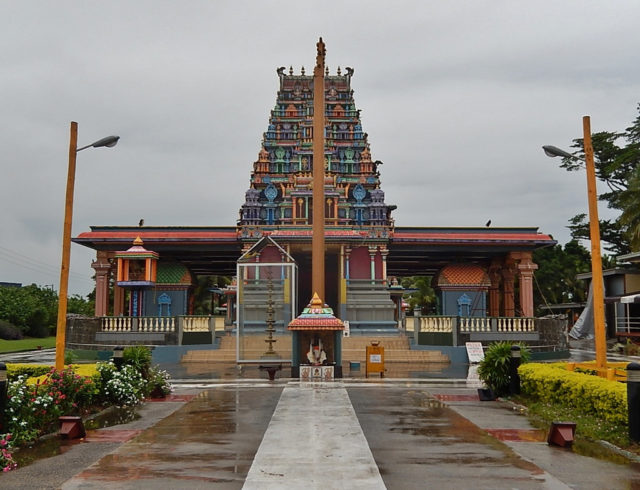
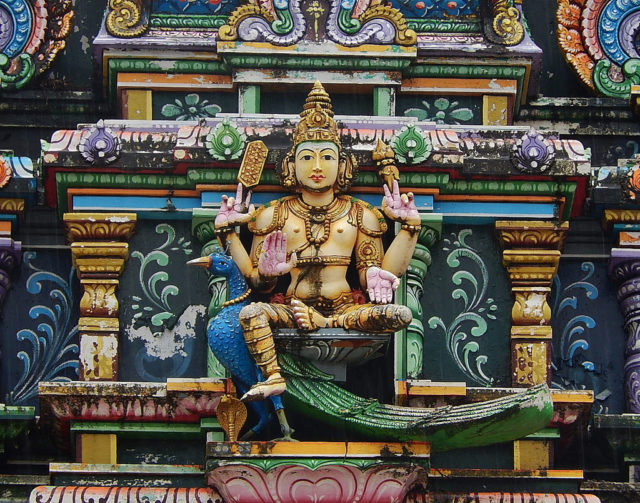
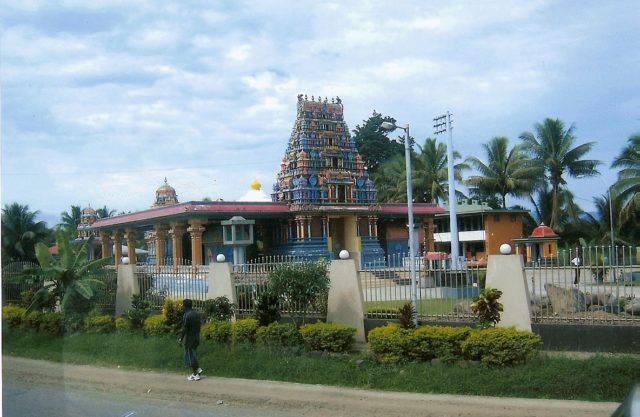
Sri Siva Subramaniya was built in the Dravidian style, which was popular in the southern part of India. Dravidian temples tend to be made from sandstone, soapstone (which is basically made of talcum powder) or granite and include large pyramid-shaped towers. To build this temple, eight craftsmen were specially brought from India.
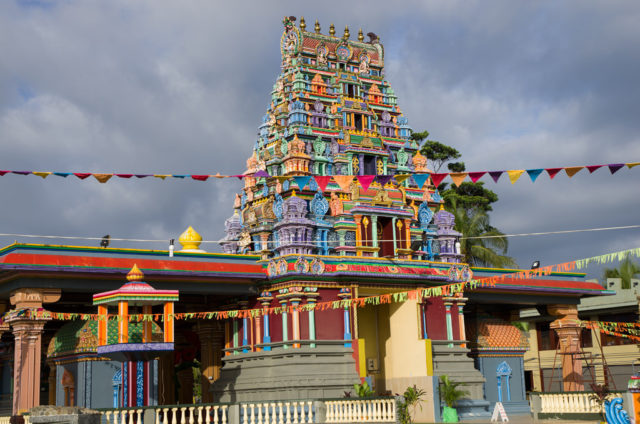
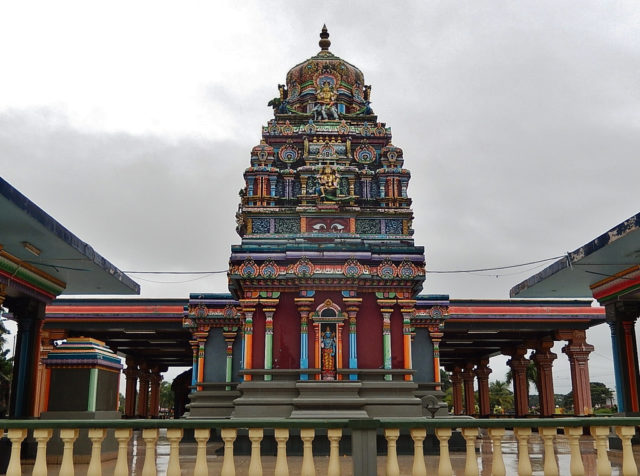
The temple was built in the best traditions of ancient Dravidian Indian temple architecture as well as the principles of sacred architecture of the Vastu Vedic tradition. The complex features pyramid-shaped temples, individually adorned with elaborate carvings, step designs and statues of gods, kings. and warriors.
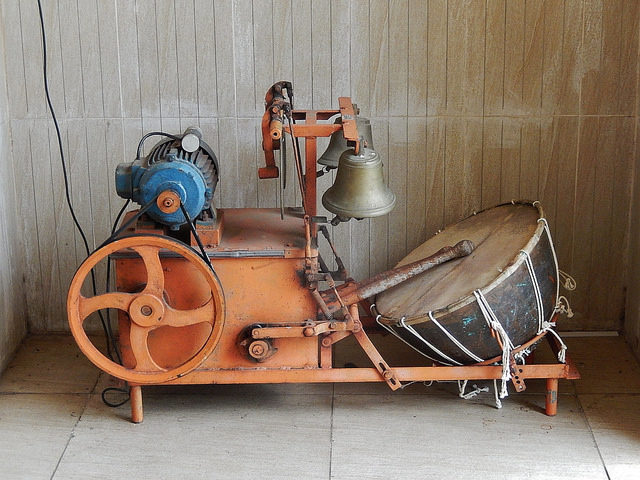
The walls of the temple are carved with numerous statues of different deities, each of which is designed according to a specific religious meaning.
The traditional Dravidian architecture of the temple is rarely seen outside India, and is, according to traditions, laid down thousands of years ago.
